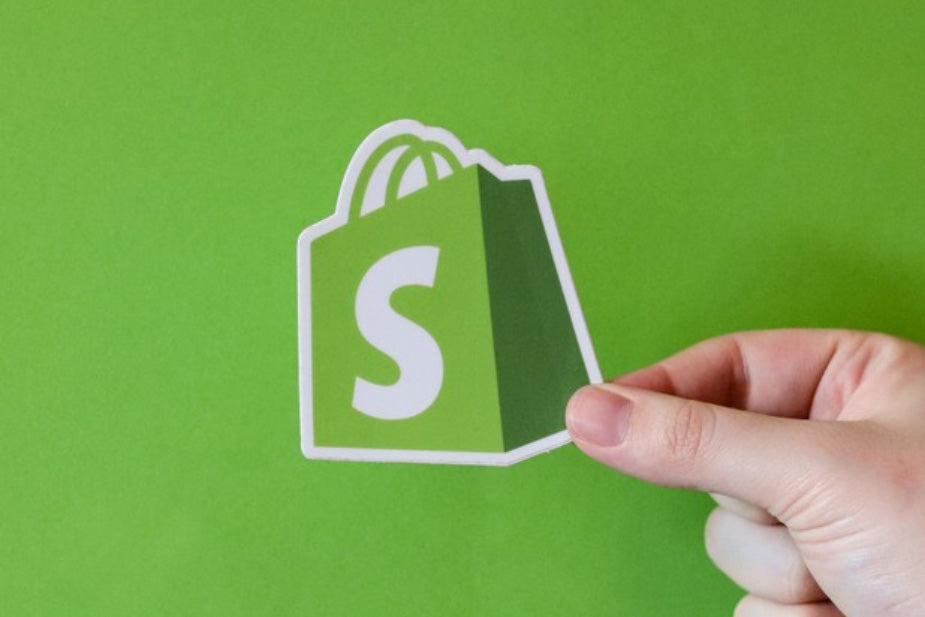Have you ever went on a website you’re interested in only for it to take forever to load? 1 in 4 visitors will abandon a website if the page takes longer than 4 seconds to load, and 74% say they’d leave a mobile site if it takes longer than 5 seconds to load. Page speed can be a killer for ecommerce so it’s no wonder store owners look for tools to help them improve their load times. A favorite of many is Google PageSpeed Insights; a tool that analyzes the contents of a webpage and makes suggestions on how to improve the page's speed. It'll show you stats on how long it took to load the page in its entirety from start to finish.
But here’s where things get tricky - you shouldn't bet your money on your Google PageSpeed Insights score.
What’s wrong with using Google PageSpeed Insights?
The short version is it wasn't built for Shopify. You'll see a lot of "suggestions" that drop your score that are just not changeable on Shopify. Items such as "Eliminate render-blocking resources", "Serve images in next-gen formats", and "Serve static assets with an efficient cache policy" are either not possible to do on Shopify or require so much effort that your time is better spent elsewhere.
Take Kylie Cosmetics for example. Kylie Cosmetics is one of the most successful stores on Shopify. Take a guess - what do you think their page score is?
On desktop? 37. On mobile? 9.
No seriously. It's that low. Take a peek:


If Kylie can have a successful business with these kinds of scores, so can you.
So what good can I get from it?
PageSpeed Insights isn't completely useless for Shopify store owners. It's a very easy way to see which images are too large and could use some compressing. (You'll find this under "Avoid enormous network payloads".) Under "Remove unused CSS", you may see some files including names of Shopify apps you're no longer using.
What should I do to improve my store's user experience?
Whilst you can’t rely on PageSpeed Insights, there are a number of other things you can do to optimize your user experience and boost your page speed.
-
Uninstall any apps you're not using
And make sure any code associated with the app gets removed from your theme. You may need to reach out to the app developer or your friendly neighborhood developer to help you with the latter.
-
Optimize your images
Make sure you're serving images at a reasonable size. If you're filling a space that's 300x300 px on your website, there's no point in loading the 2000x2000px version of an image. You can also use an app such as Crush.pics or optimize locally on your machine to compress your images.
-
If you have a custom theme, check with the developer who coded your theme to make sure best practices were used.
You can also reach out to a new developer or team to have them run an audit on your store.
-
Replace your homepage carousel with a single image
Carousels are rarely interacted with on a website, are often distracting to customers (especially when they automatically scroll), and add to the number of scripts that must load on your website, adding to load time. Switch out your carousel for a single image instead.

